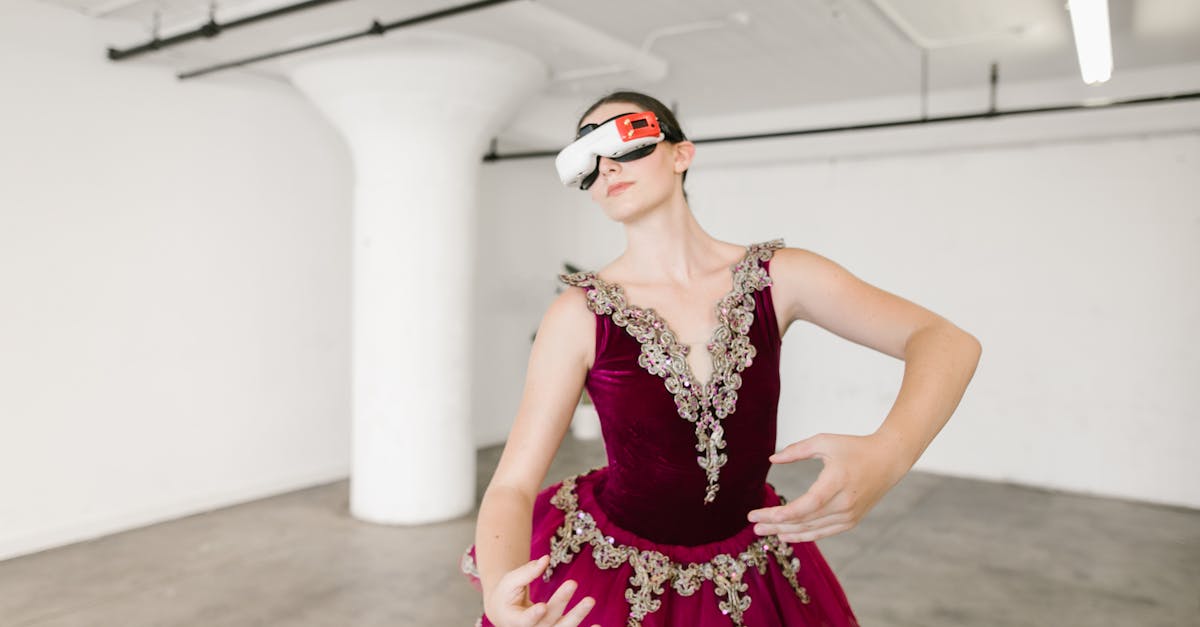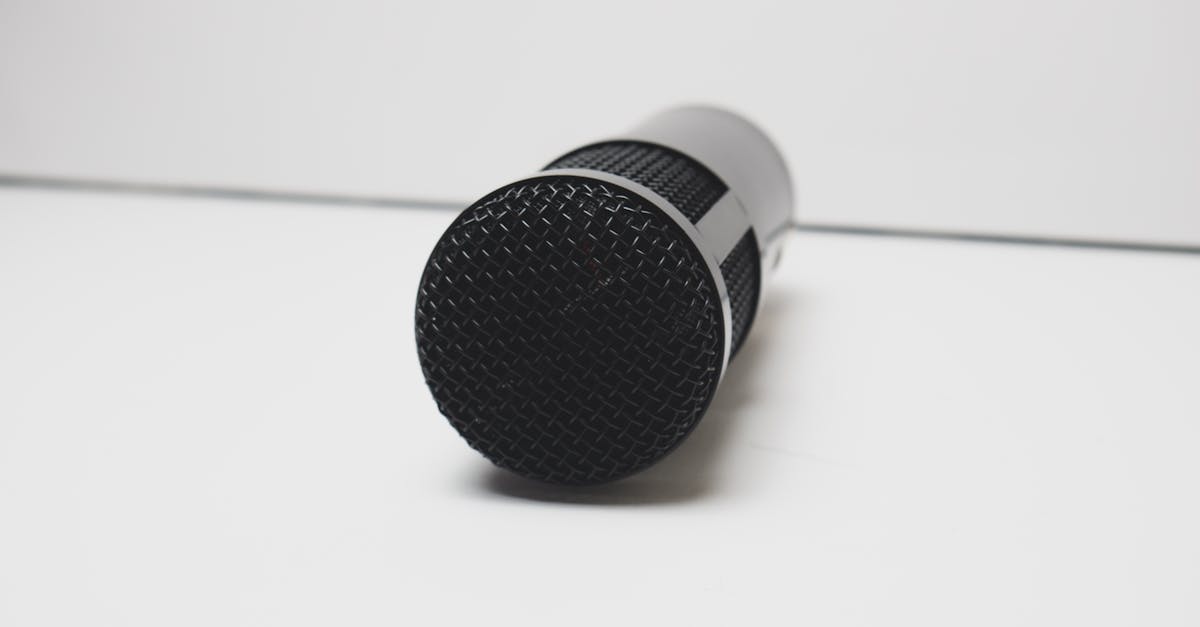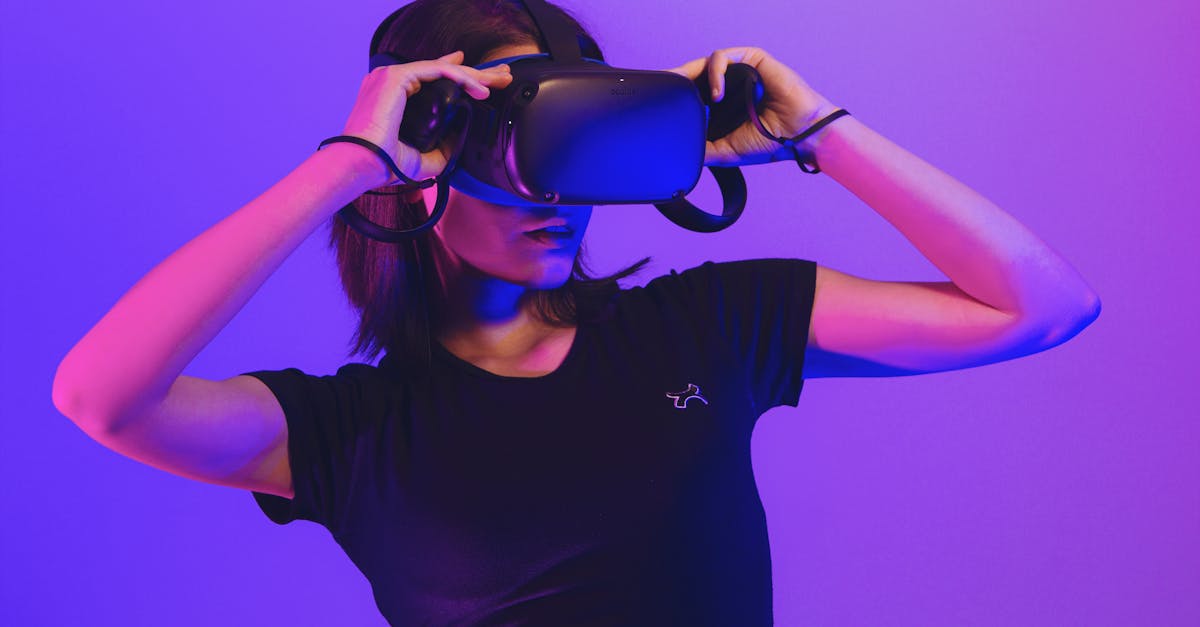Immersive Audio Trends 2025
Introduction to Immersive Audio
In 2025, immersive audio is revolutionizing how we experience sound, redefining our auditory environments. From virtual reality to live concerts, advancements in immersive audio create new ways for listeners to connect with their world. By fully encompassing individuals in sound, these technologies introduce unparalleled realism and depth. But what exactly characterizes this evolving trend, and why is it gaining traction now? How do developments like spatial audio enhance our everyday experiences, and what innovations can we anticipate in the near future? This exploration of immersive audio trends unveils the cutting-edge advancements shaping the soundscape of 2025.
Advertisement
Understanding the Basics of Immersive Audio
Immersive audio encompasses various techniques designed to envelop the listener in sound as if they are part of the auditory scene. Crucially, it goes beyond traditional stereo sound by utilizing advanced speaker setups, 3D audio coding, and sound object manipulation. This involves sound directionality, enabling listeners to identify the location of noises as they shift in real-time. Technologies like Dolby Atmos and DTS:X offer nuanced, multidimensional soundscapes by employing overhead speakers or simulated height effects. These innovations allow for sound positions above, below, and around the listener, crafting a 360-degree auditory experience.
Advertisement
The Role of Spatial Audio
Spatial audio has emerged as a cornerstone in the realm of immersive sound, harnessing algorithms to position sounds in three-dimensional space. It creates a sense of depth by mimicking real-world audio dynamics, offering listeners a bespoke experience tailored to their environment. This technology profoundly impacts industries like filmmaking and gaming, providing an unprecedented level of engagement. In music, spatial audio transforms the listening experience by giving each instrument its dedicated space, resulting in a more pronounced and vibrant overall sound. As more streaming services adopt spatial audio, it becomes increasingly accessible, marking a significant trend entering 2025.
Advertisement
Immersive Audio in Virtual Reality
Virtual reality has invigorated the demand for more realistic audio experiences, propelling the necessity for immersive soundscapes. The integration of 3D sound in VR ensures users experience an auditory environment that matches the visual world. Developers design audio frameworks for head-tracked experiences, syncing sound orientation with visual movement. This integration fosters a sense of presence and reality, enhancing both gaming and virtual reality tours. As VR continues to gain momentum, the refinement and execution of immersive audio will remain paramount for consumer satisfaction and platform success.
Advertisement
Live Performances and Concerts
The live entertainment industry is embracing immersive audio to augment concert experiences and create mesmerizing sound journeys. Sophisticated audio systems enable sound engineers to craft a scene where listeners feel they are among the performers. Venues equipped with modular sound systems can adjust audio design to individual event demands, offering seamless transitions between atmospheric landscapes and full-scale orchestrations. Famously, musicians have leveraged these tools for immersive productions, imbuing live performances with a sense of intimacy and novelty. As a trend in 2025, enhancements in live audio delivery continue to reshape how audiences connect with performances.
Advertisement
Consumer Electronics and Personal Audio
As immersive audio grows, its influence penetrates consumer electronics, leading to exciting developments in headphones and home audio technologies. Headphone manufacturers call upon personalized head-related transfer functions (HRTFs) to deliver 3D sound tuned to individual auditory anatomy, enhancing spatial awareness in personal audio. Smart speakers equipped with beamforming technology create tailored listening zones, offering an enriched auditory experience that adapts to room acoustics. These advancements culminate in a broader availability of immersive experiences, democratizing access to high-fidelity sound for everyday users.
Advertisement
Challenges Faced by Immersive Audio
Despite its promise, the widespread adoption of immersive audio presents certain challenges. There lies a complexity in system architecture, requiring intricate coordination between hardware components and software algorithms. Additionally, achieving true spatial accuracy demands immense computational power alongside consumer-friendly pricing models. Interoperability between various immersive audio formats also necessitates standardization efforts to ensure compatibility across devices. These hurdles, while significant, drive ongoing innovation as industries unite to refine methodologies and optimize user experience.
Advertisement
Industry Innovations and Collaborations
As the immersive audio field evolves, industry players engage in strategic collaborations, fueling advancements in sound technologies and delivery systems. Collaborations between audio engineers, content creators, and hardware manufacturers accelerate the integration of immersive audio into diverse media platforms. Partnerships, such as those between consumer electronics brands and entertainment giants, facilitate content tailored for surround sound systems and headphones. These alliances spur innovation, paving the path for next-gen immersive audio experiences across various formats, contributing to a rapidly maturing market.
Advertisement
Future Prospects and Developments
As we approach 2025, the trajectory of immersive audio ascends toward more sophisticated implementations within multiple sectors. With the fusion of AI-driven sound transformation and machine learning, developers can anticipate dynamically adaptive audio experiences. Enhanced real-time sound customization aligns with individual preferences, personalizing everything from translation in augmented reality to revolutionary gaming environments. As demand for richer soundscapes intensifies, it will ignite further investments in research and technology development, ensuring a continuation of auditory innovation.
Advertisement
Conclusion and Reflections
The advent of immersive audio in 2025 promises to redefine auditory landscapes, offering richer dimensions of sound across various applications. By bridging artistic creativity with technological prowess, this evolving field enriches how we perceive and interact with our surroundings. As the trend progresses, immersive audio is poised to transform day-to-day experiences from entertainment to personal audio settings. Overcoming existing challenges remains essential, paving the way for broader adoption and integration into everyday life. As innovations continue to unfold, immersive audio will undeniably shape the future soundscape, representing a dynamic intersection of art, technology, and human experience.
Advertisement







